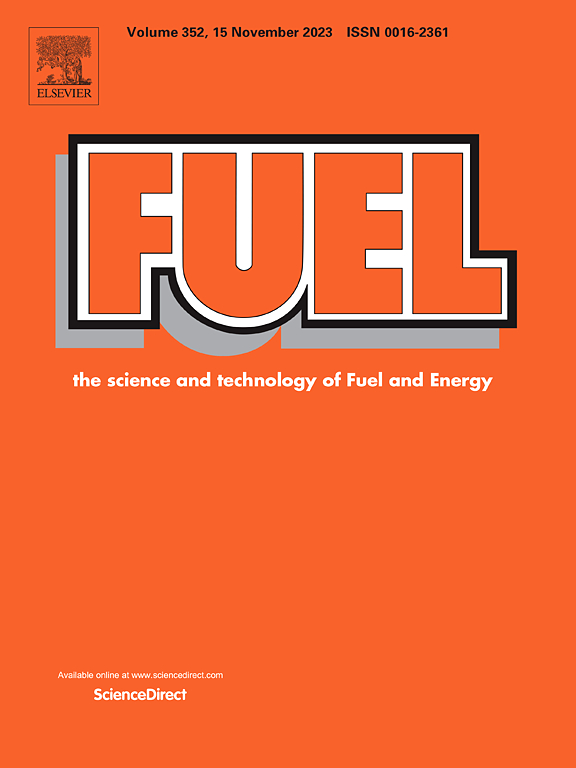Integration of fluid-invasive, scattering, and imaging methods in resolving pore structures in coal and shale
IF 6.7
1区 工程技术
Q2 ENERGY & FUELS
引用次数: 0
Abstract
In this study, coal and shale samples were collected from the gas-rich Barakar Formations and investigated using various analytical and imaging methods, to quantify their pore attributes. The results indicate that coal contains an abundance of nanopores that occur in clusters, along with evidence of microfractures in its structure, as observed through scanning electron microscopy (SEM). The accessible micropore surface area (SA) of coal samples is around 2.5 times higher than that of shale samples, while the total mesopore SA in coal is around half that of shales. However, the average pore width of coal samples is approximately 0.82 times that of shale samples. These findings suggest that a higher percentage of organic carbon in coal contributes to an abundance of organic pores, which results in greater porosity in coal samples when compared to shale. The total SA determined by gas adsorption for the entire spectrum of pore sizes in coal is around two times that of shale. Interestingly, despite the difference in the pore SA and the pore volume, the pore surface roughness in the studied coals is almost equal to or slightly higher than that of shales. The study observations show that the total organic carbon and mineral composition in coal and shale play little influence on the degree of pore connectivity. The degree of pore connectivity for the coal samples varies from 0.4–0.93, whereas for shale samples it ranges from 0.50–0.82. This study provides analytical insights into the pore structure of coal and shale collected from the same reservoir by considering factors such as depth, mineralogical content, and surface roughness. During CO2 injection, coal and shale reservoirs may experience swelling induced stress changes, potentially impacting their mechanical stability. Thus, this study provides insight into estimating the gas-storage capacities of both coal and shale reservoirs and aims to optimise the gas adsorption and maintain structural integrity. This approach ensures the long-term feasibility of implementing Enhanced Coalbed Methane (ECBM) recovery and shale gas recovery in other gas basins.
求助全文
约1分钟内获得全文
求助全文
来源期刊

Fuel
工程技术-工程:化工
CiteScore
12.80
自引率
20.30%
发文量
3506
审稿时长
64 days
期刊介绍:
The exploration of energy sources remains a critical matter of study. For the past nine decades, fuel has consistently held the forefront in primary research efforts within the field of energy science. This area of investigation encompasses a wide range of subjects, with a particular emphasis on emerging concerns like environmental factors and pollution.
 求助内容:
求助内容: 应助结果提醒方式:
应助结果提醒方式:


